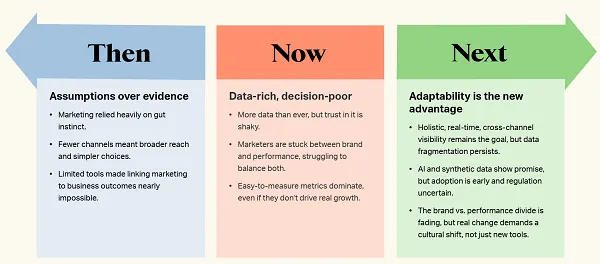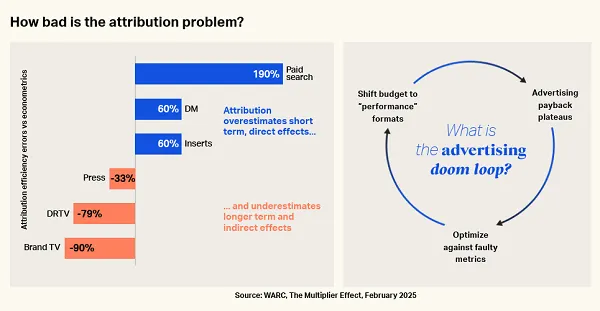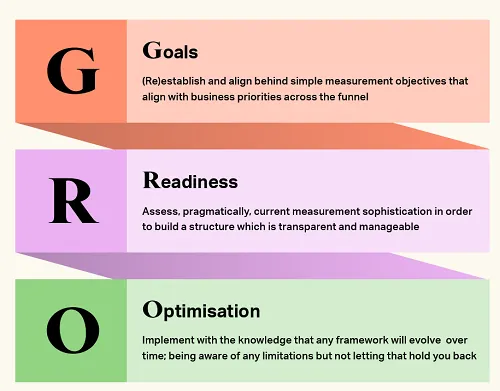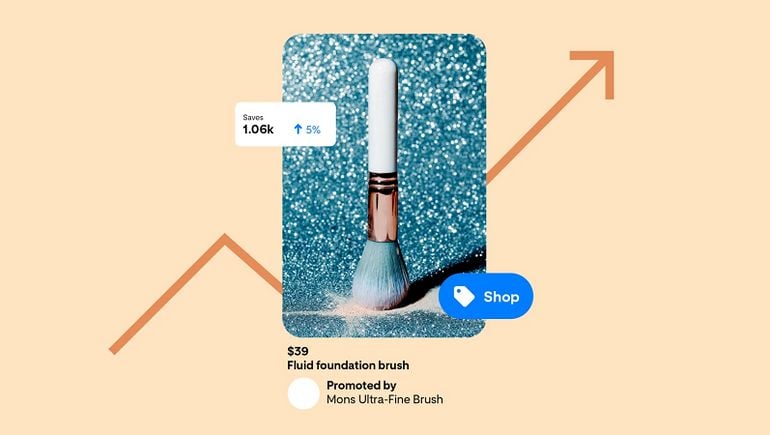These days, accurate performance measurement can be difficult, with consumers often referring to a range of initial touchpoints before making a purchase.
Which makes it difficult to prioritize the right elements, especially if you’re relying on last-click attribution, which overlooks the more common research pathway that people now take.
People might see a video on TikTok, then research on Google, then get info from an AI tool, Reddit, etc. Which means that your initial ad, which sparked that process, doesn’t get the attribution, so how can you change your measurement approach to better align with these evolving behaviors?
That’s the focus of TikTok’s latest research paper, created in conjunction with WARC, which examines the evolving path to purchase, and how marketing measurement fits within it.
You can download the full report (with email sign-up) here, but in this post, we’ll take a look at some of the key notes.
First off, the report looks at the failings of most attribution models, based on how people now come across purchase-relevant information.

As per the report:
“In a world where nothing feels fully measurable, last-touch attribution offers comfort: fast data, clean numbers, instant ROI. It simplifies a complex journey into a neat, clickable endpoint, and in doing so, seduces marketers into believing that they’ve found truth. But it’s not how people actually buy. Last-touch ignores everything that happens before the final click: brand equity, creative exposure, social discovery, offline influence, even economic context.”
The report highlights the challenges in accurate attribution, with marketing budgets often being allocated to the wrong elements based on a misunderstanding of the path to purchase:

Indeed, the report suggests that 60% of underperforming marketers are focused on lower-funnel conversion, while 35% of last-click attribution spend generates zero incremental sales.
In order to measure the right elements, marketers need to take a more holistic view of measurement, and employ smarter solutions.
Which is where its “GRO” model comes in:

The GRO measurement model aims to better track performance and attribution through more targeted process.
- The first element is “Goals,” which relates to the setting of defined targets related to brand performance.
- “Readiness” meanwhile relates to defined measurables that you can apply to your learnings.
- And finally, “Optimization” takes an evidence-based approach to improving your key data points, based on the information that you can access.
The report breaks down each element in a lot more detail, providing a framework for improved performance tracking, which could help in your efforts to maximize performance, based on a more expansive set of touchpoint and interactive data.
Essentially, the framework aims to take in more data points, as opposed to relying on low funnel measures, in order to better understand customer journeys, and the contribution of various elements in the process.
It could give you some additional considerations for your process.
You can download the full WARC/TikTok guidebook (with email sign-up) here.














